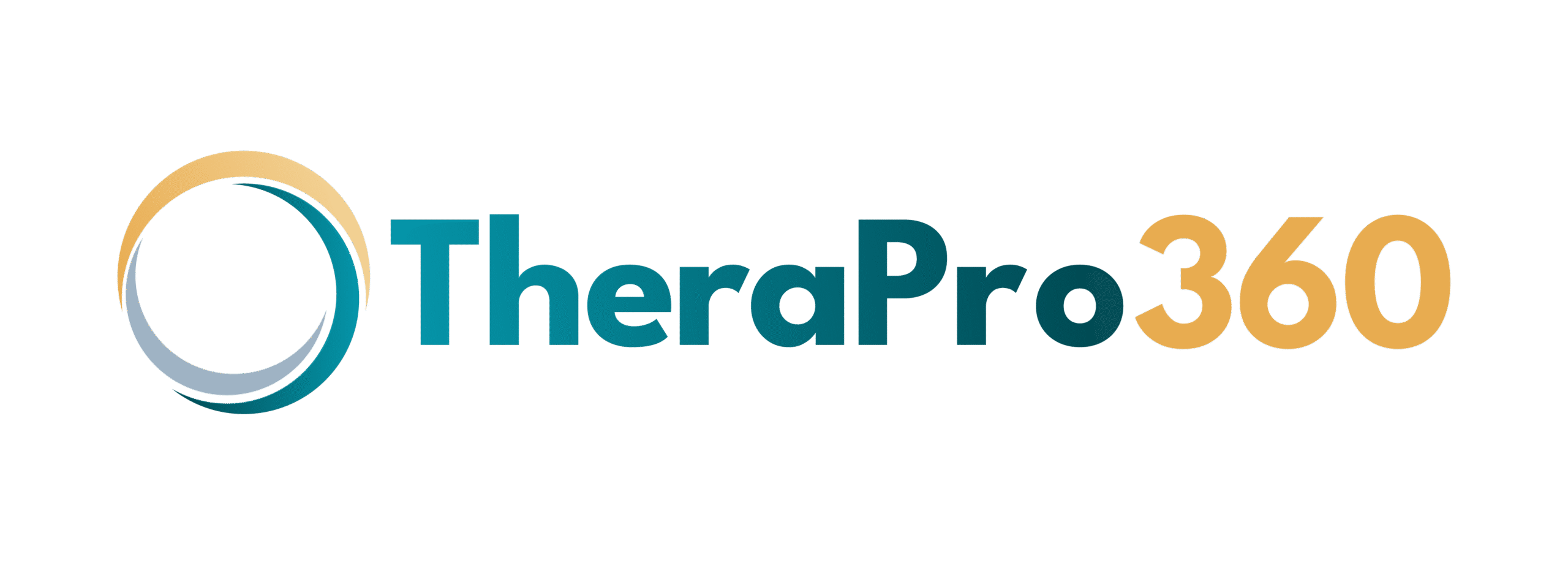
Blog
Streamlining Practice Management: Understanding the Difference Between EHR and EMR
Expert web designers ensure the site and software is easy to use.Streamlining Practice Management: Understanding the Difference Between EHR and EMR
Modern healthcare operates at the intersection of innovation, precision, and technology. At the heart of these advancements are two fundamental tools—Electronic Health Records (EHR) and Electronic Medical Records (EMR). Although often used interchangeably, EHR and EMR serve distinct purposes, and understanding their differences is crucial for healthcare professionals aiming to optimize their practice management.
To make this distinction clear, we’ll explore their definitions, individual advantages, and their roles in practice management software. Additionally, we’ll discuss advanced platforms like TheraPro360 Practice Management Software, which seamlessly integrates these concepts into its core functionality.

Understanding EHR and EMR
What is an EMR?
An Electronic Medical Record (EMR) is essentially a digital version of a patient’s paper chart. It is created and managed by a healthcare provider and primarily used within a single practice or healthcare facility. Its scope is often restricted to clinical data about a patient’s medical history, diagnoses, and treatments.
Key Features of EMR:
- Focuses on clinical functions such as medical history, medications, and lab results
- Typically accessed and managed within a single practice
- Enhances documentation accuracy and legibility
- Lacks interoperability, meaning it’s not designed for sharing with other healthcare providers or systems
Although beneficial, the EMR’s nature as a standalone system limits its use for modern, interconnected healthcare ecosystems.
What is an EHR?
An Electronic Health Record (EHR), on the other hand, has a broader scope. It consolidates a patient’s health information from multiple sources across various healthcare providers and facilities. EHRs enable seamless continuity of care by acting as a real-time, shared repository of health information.
Key Features of EHR:
- Designed for interoperability; it shares patient information across healthcare systems
- Encompasses a complete view of the patient’s health, including data from specialists, hospitals, and labs
- Includes tools for care coordination, health monitoring, and data analysis
- Aids in compliance with regulatory standards and reporting
With its comprehensive scope, the EHR provides a path toward integrated, patient-centric care.
EHR vs EMR at a Glance
|
Feature |
EMR |
EHR |
|---|---|---|
|
Purpose |
Manages clinical data for one provider |
Consolidates health data across providers |
|
Scope |
Limited to a single practice |
Accessible across multiple practices |
|
Interoperability |
No |
Yes |
|
Focus |
Internal records for care management |
Patient-centered, coordinated care |
|
Examples |
Charting within a single clinic |
Nationwide healthcare systems integration |
This distinction is particularly relevant when implementing practice management software, as it helps determine which system best suits your healthcare organization’s needs.
Bringing EHR and EMR Together for Practice Management
Healthcare practices today require more than just a repository for medical records. Comprehensive Practice Management Software integrates both EMR and EHR functionalities to streamline operations, enhance patient care, and improve overall workflow.
Example: TheraPro360 – A Unified Practice Management Solution
TheraPro360 Practice Management Software offers an exemplary model of how EHR and EMR can work in harmony to meet practice management demands. By combining advanced technology and user-friendly interfaces, TheraPro360 addresses the most critical needs of modern healthcare providers.
Key Features of TheraPro360:
- Therapist Calendar Management: Simplify clinician workflows with easy calendar scheduling and automated reminders.
- Patient Management: Utilize customizable intake forms and quick patient scheduling tools for efficient onboarding.
- Integrated Messaging and Telehealth Features: Communicate securely with patients and conduct virtual consultations directly within the platform.
- Billing and Invoicing: Streamline administrative processes with built-in billing tools that ensure accuracy and compliance.
- Patient Portals: Empower patients with access to their records, appointment schedules, and messaging features, all in one place.
- Team-Wide Video Conferencing: Coordinate internal meetings, training sessions, and case discussions between clinic staff.
- Resource Storage: Provide therapists and patients with organized access to digital resources such as educational material or care plans.
- Software Use Management: Optimize administrative control with advanced capabilities for role-based access and security compliance.
By implementing platforms like TheraPro360, healthcare professionals can integrate the best aspects of EMR and EHR, all while managing every dimension of their practice in one centralized location.
Why Healthcare Technology Matters
Investing in advanced healthcare technology is no longer optional—it’s essential for staying competitive and delivering quality care. Tools like TheraPro360 not only simplify internal processes but also empower therapists, practice managers, and healthcare professionals to focus on what matters most—providing exceptional patient care.
EHR vs EMR in Practice Management—Which Do You Need?
Deciding between EMR and EHR functionality depends largely on the specific needs of your practice. Small, standalone clinics may find EMR systems sufficient for internal operations. However, larger organizations or those aiming for integrated care across multiple providers will benefit from EHR systems.
Regardless of your choice, ensuring that your technology integrates seamlessly into your practice management software is key to optimizing your workflows and improving outcomes.
The Path Forward
EHR and EMR are foundational pillars of modern healthcare technology. While their differences are important, their combined applications in practice management create unparalleled opportunities to enhance efficiency, productivity, and patient satisfaction.
Looking for a solution that bridges the gap between these systems? TheraPro360 Practice Management Software is designed to meet the diverse needs of healthcare providers, therapists, and practice managers. With its robust features and intuitive design, it’s the ultimate tool to help your practice thrive.
Discover how TheraPro360 can transform your practice today!
Why TheraPro360?
Run your practice with simplicity with our streamlined scheduling, seamless telehealth integration, centralized patient portals, intuitive calendar management, and automated invoicing.
Get Started TodayAuthors and Contributors

Eva Lassey PT, DPT
Co-Founder of TheraPro360
Dr. Eva Lassey PT, DPT has honed her expertise in developing patient-centered care plans that optimize recovery and enhance overall well-being. Her passion for innovative therapeutic solutions led her to establish DrSensory, a comprehensive resource for therapy-related diagnoses and services.

Irina Shvaya
Co-Founder of TheraPro360
Irina Shvaya is the Founder of eSEOspace, a Software Development Company. She combines her knowledge of Behavioral Neuroscience and Psychology to understand how consumers think and behave.
Contents

Build Your Therapy Practice Online With a Website That Actually Works
At TheraPro360, we’re more than just software — we’re your all-in-one partner for practice management and online growth. From custom websites to SEO and marketing, we help therapists modernize their online presence and attract more patients.
Whether you're starting fresh or your current site needs a serious upgrade, our streamlined, white-glove process takes the stress out of getting results — so you can focus on what matters most: your patients.
Ready to Grow Your Practice?
👉 Schedule Your Free Discovery Call Now
Let’s build your online presence — together.














